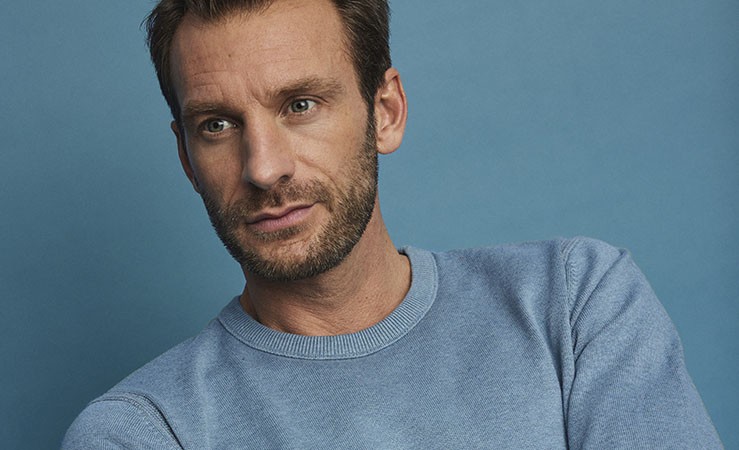you might be
interested in
interested in

Men's shorts: how to look stylish and appropriate in any situation
The prolonged coronavirus epidemic has affected all areas of our lives, and so far, no one knows when it will end. Perhaps the fashion industry has been the most affected, as fashionable clothing and luxury items are not essentials. The purchasing ability of the population has fallen, clothing manufacturers have suffered significant losses - leading brands claim to reduce revenues by 20-50% compared to 2018. Many companies, especially small family businesses, are out of order. The rest are forced to change business strategies to survive in difficult times.
Forced isolation makes adjustments to the usual way of life. People, locked in confined spaces, deprived of moving freely, weren’t ready for this. 2019 was the biggest stress for everyone as it demanded to adapt to the new reality as soon as possible. The closure of shops and cafes threatens the very existence of such a business.
However, the situation with the coronavirus is not as bad as it seems at first glance. It can and should be seen as a test of survival, flexibility, and the ability to adapt to new realities quickly. History knows many examples when global upheavals, such as wars, gave a powerful impetus to industry development. One of such demonstrative cases is the history of the Pierre Cardin brand.
Creative people mean delicate constitution, restlessness, and detachment from reality. Now we see that a rich imagination combined with the talents of a businessman can give completely unexpected results. The closure of boutiques and restrictions on fashion shows are actively bringing the fashion industry online. These are virtual collections of clothing and accessories, massive growth in online sales, the active use of digital technologies.
The attitude to clothes and style has changed. Gone are the days of “fast fashion”, when collections replaced each other like pictures in a kaleidoscope, and designers called for updating the wardrobe every season. There is a big step in favor of stability. Safety and smart consumption, and environmental friendliness of production often come first.
Not only top models, but heroes of our time, especially doctors, appear on the covers of fashion magazines. This is partly dictated by the impossibility of full-fledged work in the designer-model-photographer relationship and partly by the situation’s specifics. “We have no right to put models on the cover at such a time. These photos are a tribute to the heroes, to those who are still fighting, said the editors of Grazia and Vanity Fair and other fashion publications.
Many fashion brands are refocusing their production to create the most in-demand in today’s situation. Dior, Guerlain, Givenchy are starting to produce sanitizers to support the medical industry. Armani, Prada, Burberry have announced the production of medical masks, medical uniforms, and surgical suits in industrial quantities. Everyone who has the opportunity contributes to the fight against infection. This is one of the manifestations of civic awareness. However, the problem of maintaining jobs and salaries for employees is now more acute than ever.
Clothing production is one of the most serious factors of negative impact on the planet’s ecology. Emissions of greenhouse gases into the atmosphere, toxic wastewater, and increasing the number of landfills make us seriously consider the transition to more environmentally friendly technologies and materials. Recently, the concept of “sustainability” of production has become increasingly relevant:
zero waste;
closed-loop;
use of renewable energy sources.
Many leading brands declare the cessation of the use of natural fur and leather in creating their collections, the optimization of the model range, and the smart use of leftover fabrics.
No fewer changes occur with the style of clothing and with the approach to the size of the wardrobe. Going into self-isolation, we found that we can do with far fewer things, and, according to experts, this trend will continue after the world quarantines. Casual and sporty styles have always been in demand in the world of men’s fashion. Remote work peaked in popularity - primarily due to convenience and lack of formality.